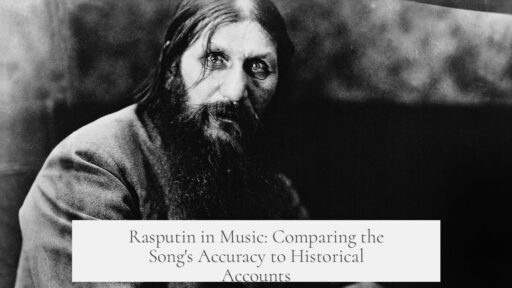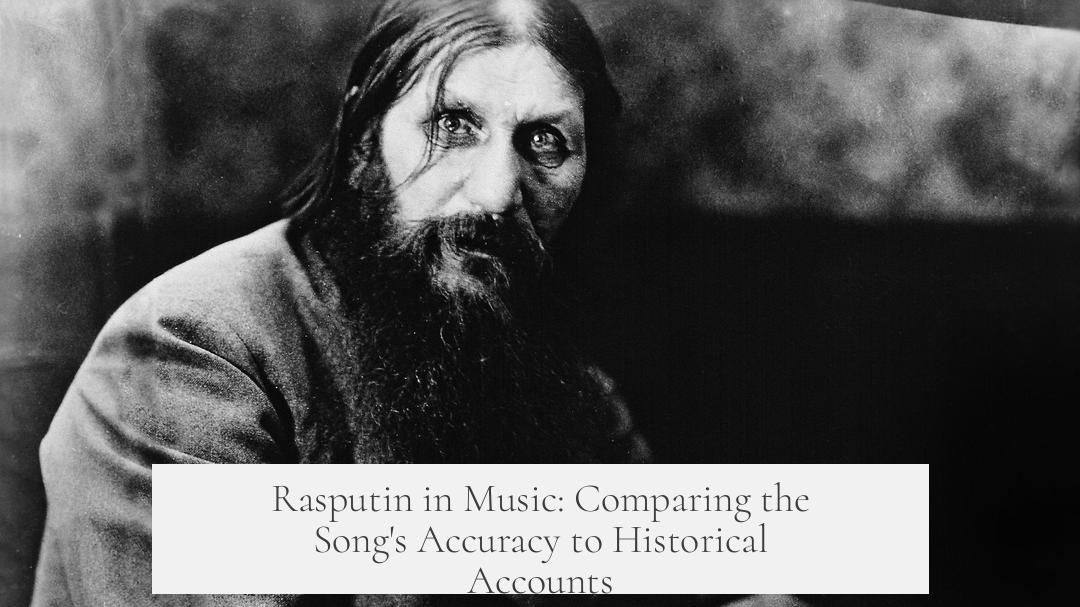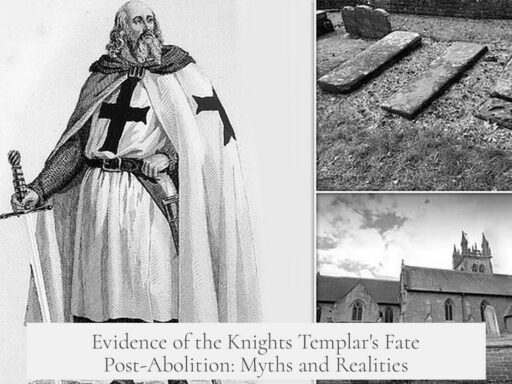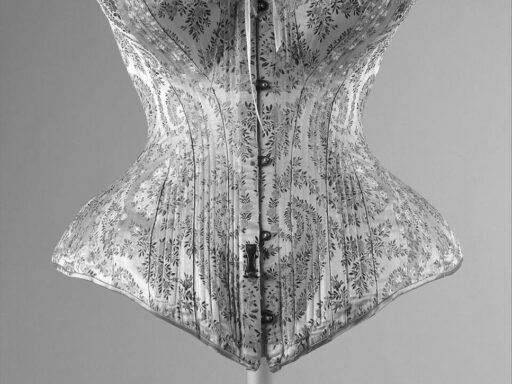The song “Ra Ra Rasputin” by Boney M is largely inaccurate in its depiction of Rasputin’s life and role in Russian history. It blends myth, exaggeration, and folklore rather than fact, portraying Rasputin as a powerful lover and political master, while historical accounts show a far more nuanced and restrained reality.
The song mistakes Empress Alexandra for a “queen,” a title never used by Russian royalty. Alexandra, wife of Nicholas II, held the title Empress, following the tradition of tsars as emperors. Rasputin’s relationship with her did not include romantic involvement, despite court gossip. Alexandra’s poor health and the nature of their connection, centered on his faith healing for her son’s hemophilia, make such a liaison improbable.
Rasputin did gain access to the imperial family due to his reputation as a healer. Alexandra believed his faith had a positive effect on her son, Alexei. However, Rasputin’s political influence was minimal. His sway over state affairs did not approach the level suggested in rumors or in the song’s lyrics. His role was more one of a spiritual advisor than a policymaker. Alexandra may have supported Rasputin partly to strengthen her own religious and national credentials by endorsing a Russian Orthodox peasant.
Contrary to the song’s vivid image of Rasputin’s debauched lifestyle, his indulgences in drinking and sexual activity did occur but were exaggerated by court gossip and later storytellers. There is no evidence he slept with Alexandra, though he may have seduced some aristocratic women. His notoriety attracted those seeking favors, and many in St. Petersburg’s elite despised him as a social climber who threatened established hierarchies.
Nicholas II himself disliked Rasputin and tolerated him only due to his wife’s trust in him and his seeming control over Alexei’s condition. Rasputin opposed Russia’s entry into World War I, indicating limited political influence since major decisions contradicted his stance. His presence as a mystical figure did not translate into direct impact on governance or military strategy.
The dramatic stories surrounding Rasputin’s death—poisoning, multiple shootings, drowning—are highly mythologized. While he was assassinated in 1916, these tales grew into legend rather than fact. After his death, many blamed Rasputin for Russia’s troubles, turning him into a scapegoat for broader political failures. These narratives fueled sensationalism rather than reflecting historical reality.
The song encapsulates many of these myths, packaging them into a catchy and memorable tune that emphasizes Rasputin’s supposed sexual appetites, near-immortality, and political domination. This portrayal fits a long-standing tradition of supernatural and scandalous storytelling about Rasputin. His actual life, although unusual, was less dramatic and more constrained by the limits of his position and the disdain of the aristocracy.
Rasputin himself helped cultivate his mystique. Photographs and his provincial, wild appearance contributed to an image of a holy man who stood apart from the Westernized St. Petersburg elite. This aura of mystery both attracted followers and provoked enemies, intensifying the legends that surround him today.
| Song Claim | Historical Reality |
|---|---|
| Alexandra is a queen and Rasputin’s lover | Alexandra was Empress; no evidence Rasputin was her lover |
| Rasputin wielded great political power | Influence was limited, mostly spiritual and personal |
| Rasputin’s wild parties and sexual exploits well-known | Drinking and rumors existed but often exaggerated |
| Rasputin survived multiple assassination attempts | Death was violent but stories surrounding it are mythic |
- “Ra Ra Rasputin” prioritizes legend over fact.
- Rasputin’s influence was real but limited in government.
- Alexandra’s trust in Rasputin was rooted in healing faith, not romance.
- Death narratives and scandal were exaggerated or fabricated.
- The song reflects pop culture mythmaking, not serious history.
How accurate is the song Ra Ra Rasputin to actual Russian history and accounts?

The song Ra Ra Rasputin by Boney M is much more myth than fact, mixing catchy tunes with a colorful but largely inaccurate portrait of the infamous Russian mystic Grigori Rasputin. If you expect a history lesson from this disco hit, you’re in for a surprise. The real Rasputin’s life story is more nuanced, less scandalous, and surprisingly mundane compared to the wild ride the song offers.
Let’s break down the historicity of the song line by line—and yes, there are plenty of myths to debunk.
The Queen Who Never Was: Alexandra’s True Title

The song’s “Ra Ra Rasputin, Russia’s greatest love machine” lyrics swing wildly off course right from the start by calling Empress Alexandra a “queen,” which she never was. Historically, Russia’s royal titles never included king or queen. Alexandra was the Empress, as designated by Peter the Great’s reforms, officially styled “Empress and Autocrat of All the Russias.”
More importantly, the song hints at a torrid love affair between Rasputin and Alexandra — a serious stretch of the imagination. Alexandra was chronically ill and frail during Rasputin’s rise, battling the stress and pain of her son Alexei’s hemophilia. So the idea of her being swept off her feet by Rasputin’s “romantic” advances doesn’t hold water. Their relationship was more about spiritual faith than passion.
Rasputin’s Influence: Real or Fictional Power Broker?

Pop culture tends to inflate Rasputin’s political role in the Russian court, but the truth positions him as a spiritual adviser with extremely limited official power.
Empress Alexandra believed fervently that Rasputin’s faith healing could help her hemophiliac son, Alexei. This faith earned Rasputin favor with her, but his influence barely scratched the surface of actual governance. Alexandra’s political power itself was constrained — she was never the ultimate decision-maker, and Rasputin was even less so.
In fact, his presence sometimes served Alexandra’s desire to demonstrate her bond with the Russian Orthodox peasants, a populist move to legitimize herself as “one of the people.” Court circles were often hostile to Rasputin, seeing him as a crude peasant intruder rather than a sage counselor.
Scandal and Gossip: Where Truth Meets Exaggeration
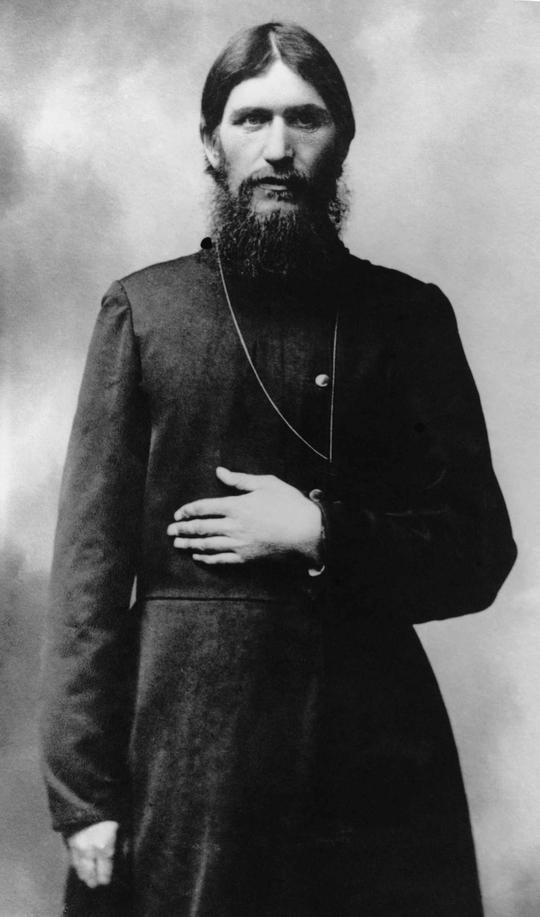
Rasputin’s reputation as a hard-drinking, womanizing mystic echoes many truths but with a twist of exaggeration. Russian court gossip amplified tales of drunkenness and wild parties. Some even accused him of sexual misconduct with high-born women — though credible proof is slim.
His close relationship with influential circles did attract opportunists eager to curry favor through money or, allegedly, more intimate means. However, even these rumors do not justify the sensationalized portrait of Rasputin as an untouchable debauched mastermind.
Nicholas II’s Complex View of Rasputin
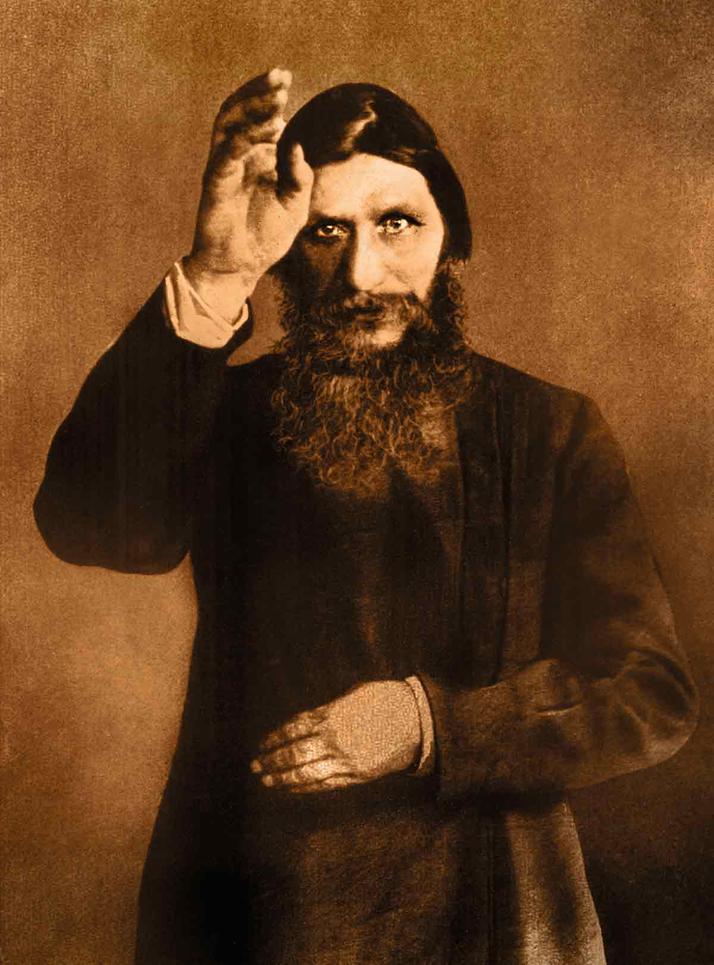
Emperor Nicholas II personally disliked Rasputin. His tolerance of the mystic was begrudging and mostly motivated by his wife Alexandra’s hope that Rasputin could help their sick son. Nicholas was careful to keep him at arm’s length from direct politics.
Ironically, Rasputin’s political influence was so limited that he often opposed Russia’s entry into World War I — a stance at odds with the imperial ruling class and further undermining the myth that he controlled the empire’s destiny.
The Mystique of Death: Separating Fact from Folklore
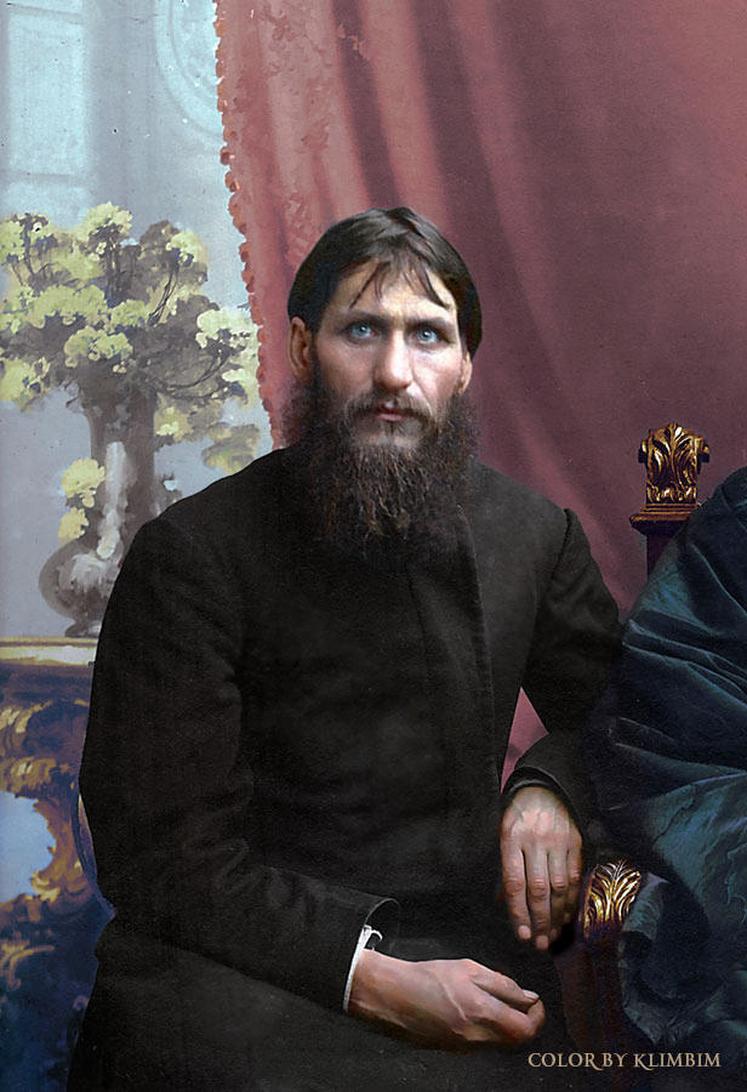
Rasputin’s assassination is one of history’s most bizarre episodes, and the dramatic retelling mirrors his mythic status. Stories claim he survived poison, multiple gunshots, and drowning before finally dying. These details have been heavily mythologized to cement his larger-than-life legend.
After his death, rumors ran wild suggesting Rasputin secretly “ruled Russia” behind the scenes. This fearmongering largely served as scapegoating to explain the empire’s failures during turbulent times, rather than reflecting reality.
The Ballad’s Role in Rasputin’s Myth-Making
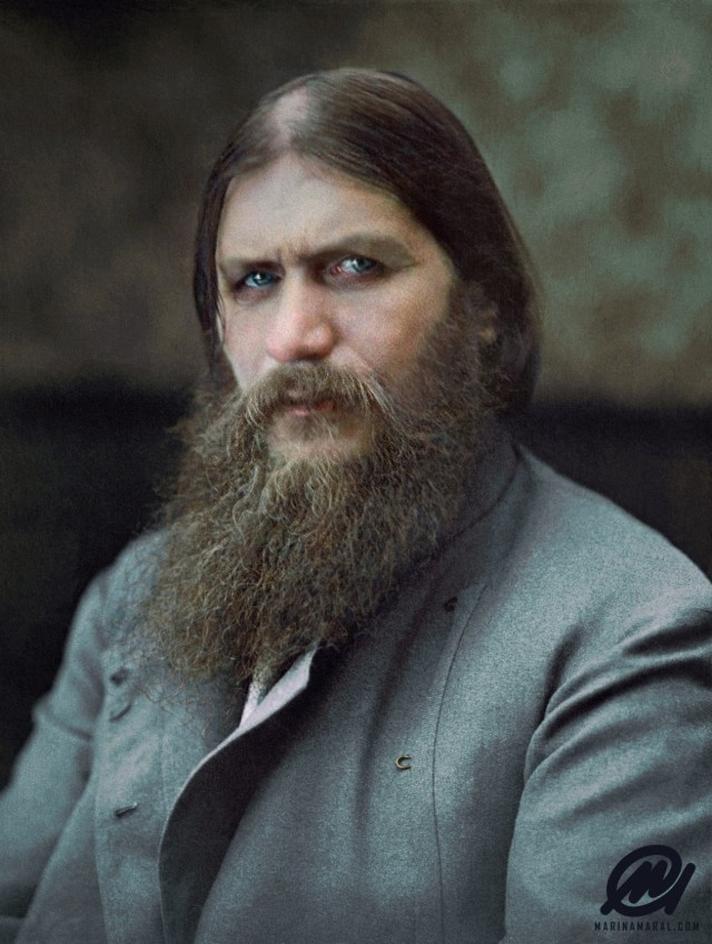
Boney M’s song fits snugly into a long tradition of mythologizing Rasputin’s life. It wraps myriad rumors—his supposed sexual exploits, supernatural resilience, and lust for power—into a catchy disco tune that’s entertaining but historically careless.
The actual man was much more mundane, but the tilting between pious peasant and villainous seducer blurs the line between fact and legend. Rasputin now belongs as much to pop culture and supernatural fiction as to Russian history.
Rasputin’s Intentional Self-Branding
One must acknowledge Rasputin’s savvy self-presentation. Photos of him showing wild eyes and untamed beard weren’t accidents. He crafted an image meant to stand out starkly against the polished, Europeanized aristocracy in St. Petersburg.
This persona fueled both his fame and resentment. His dramatic image helped him gain favors but also made him a target for enemies eager to topple this mysterious figure from the provinces.
Summary: The Disco Legend vs. The Historical Figure
- Alexandra was Empress, not queen, and there was no love affair with Rasputin.
- Rasputin’s influence on Russian politics was modest, mostly spiritual and social rather than state-changing.
- His reputation for wild debauchery and surviving death attempts is exaggerated and part of folklore.
- The song captures the fun, mythic Rasputin—perfect for pop culture but poor as a historical document.
- His public image cultivated mystique, further blurring reality and legend.
What Can We Learn?
How much should we trust history set to disco beats? Probably not too much. But history’s dry facts often need a little creative flair to shine in popular imagination. Rasputin is a classic example of how legends grow, mixing truth with tall tales.
Next time you find yourself singing “Ra Ra Rasputin,” remember it’s less about the dusty pages of Russian history and more about the timeless power of storytelling—served with a beat you can dance to.
Want the real scoop on Rasputin’s life? Dive into biographies and historical texts that separate the mystic from the myth. Knowing this, you’re now armed with facts to impress your friends at parties — or shock them with your serious knowledge after a Boney M dance session.
